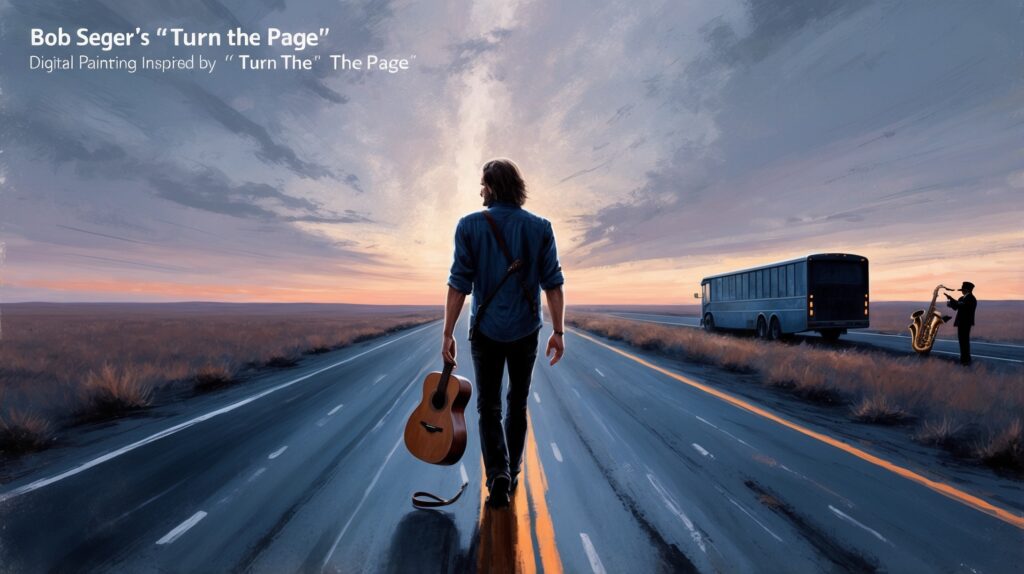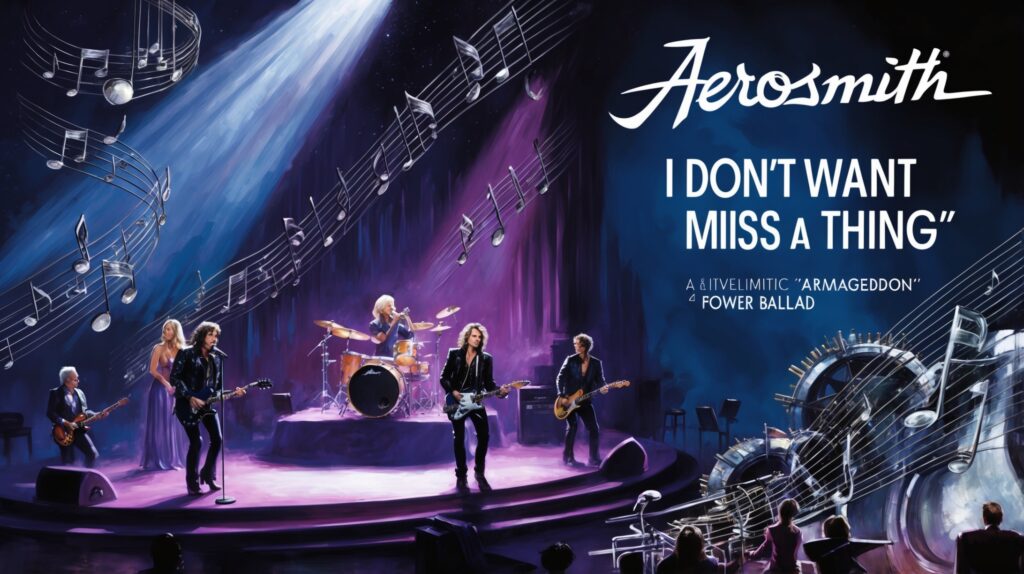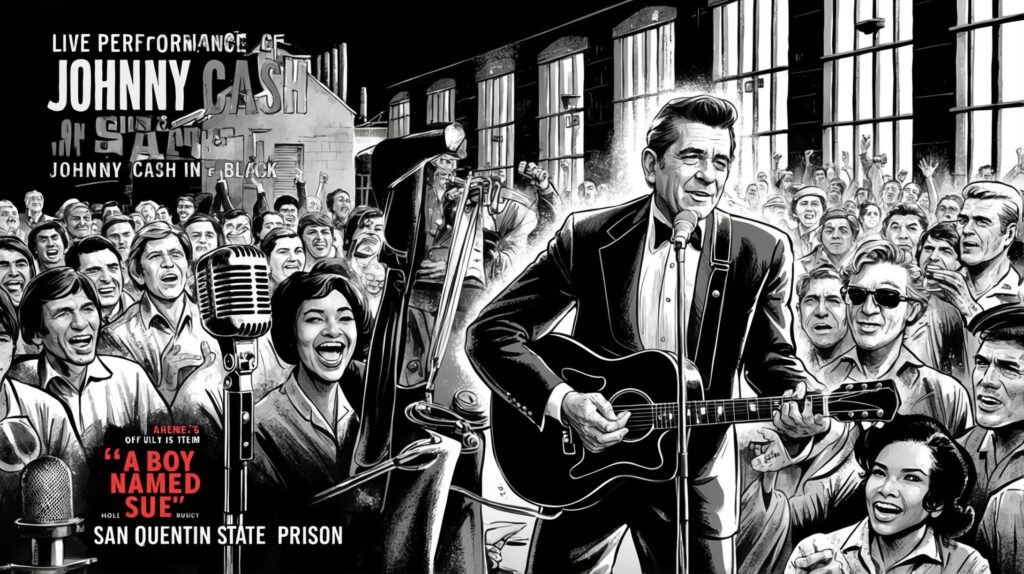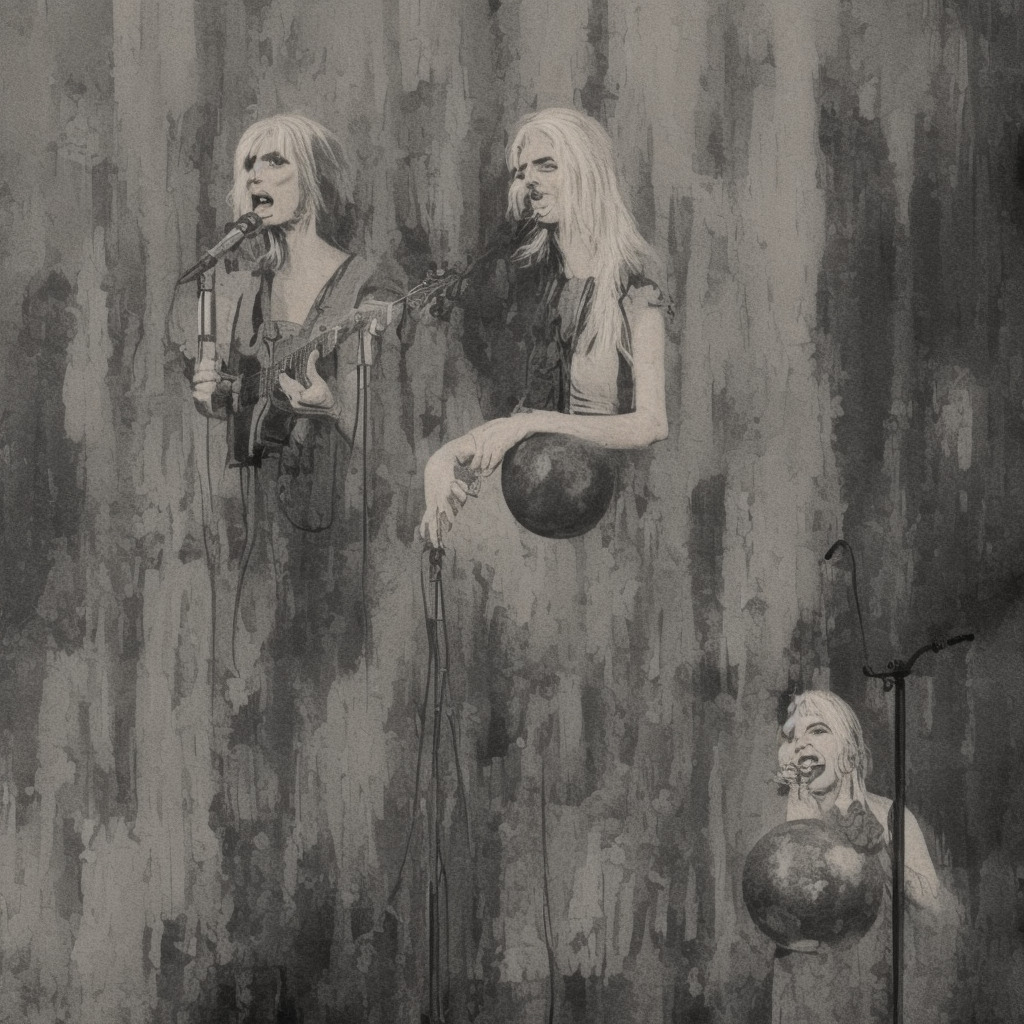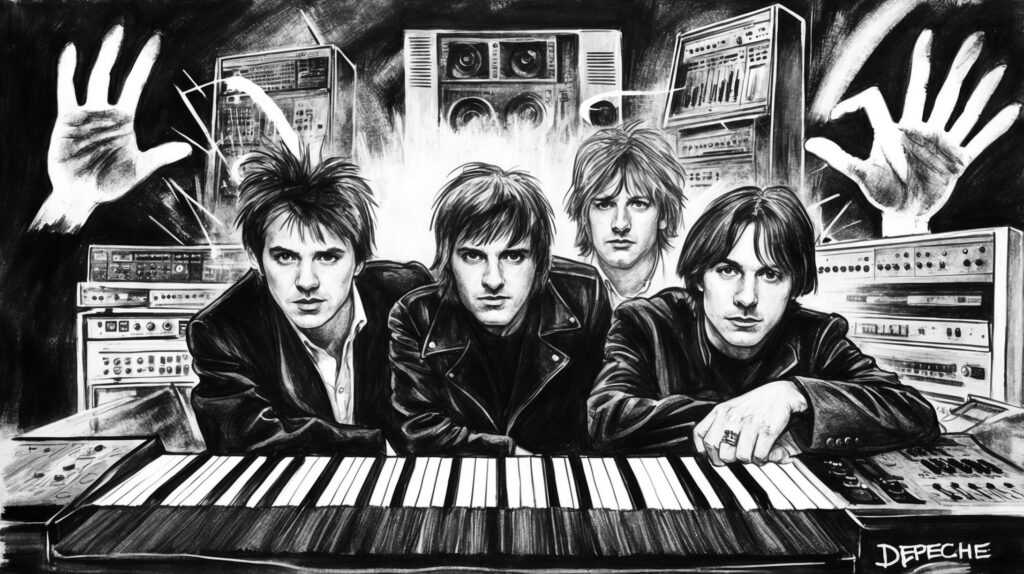The Journey of Bob Seger: A Rock Icon in Motion
Explore the life and career of Bob Seger, the rock icon behind ‘Turn the Page,’ highlighting his journey from Michigan beginnings to becoming a defining voice of the 1970s music scene.
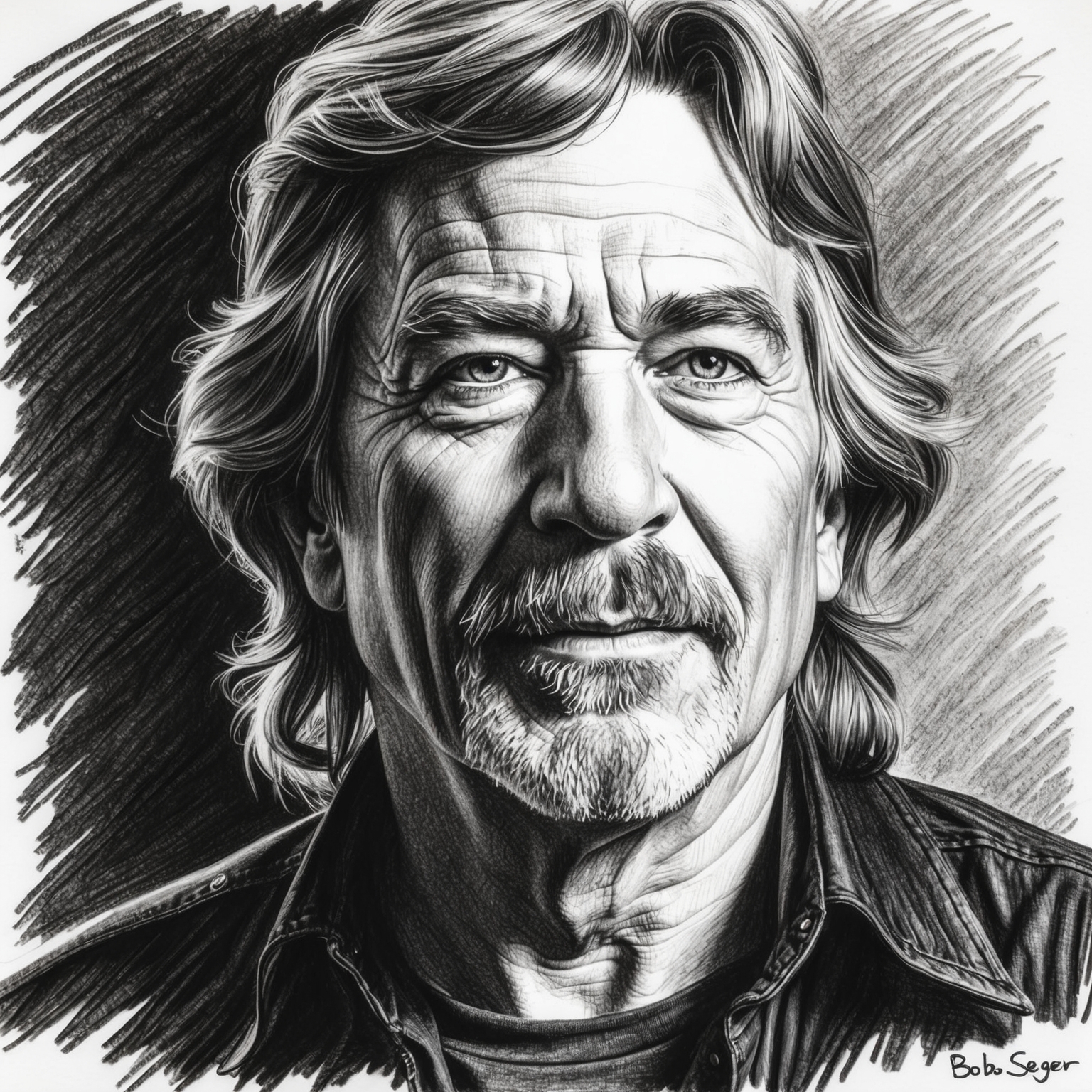
Bob Seger, an emblematic figure in the realm of rock music, has long captivated audiences with his rugged voice and relatable songwriting. “Turn the Page” stands as a pinnacle in Seger’s storied career, embodying his storytelling prowess and the timeless nature of rock music. The song carved its niche in the 1970s music scene, becoming an anthem for life on the road and resonating deeply with countless listeners.
Born in Dearborn, Michigan, Seger’s early life was steeped in rhythm and blues influences. His music journey began in earnest when he formed The Decibels and, later, bands like The Town Criers and Doug Brown & The Omens. These early experiences honed Seger’s ability to blend raw emotion with compelling narratives, a skill that would become a hallmark of his career.
As the 1970s unfolded, Seger came into his own with successful albums such as “Night Moves” and “Stranger in Town.” This era saw Seger collaborating with the Silver Bullet Band, which brought a distinctive sound that defined many of his hits. The gritty authenticity of “Turn the Page” is a testament to this collaborative spirit, capturing the isolation and weariness of life on tour. Released at a time when rock and roll was diversifying, the song stood apart with its thoughtful reflection on fame and travel, boosting Seger’s legacy in the process.
The Creative Genius Behind ‘Turn The Page’: Bob Seger
Bob Seger, the composer of ‘Turn The Page’, is a venerated artist known for his blend of rock and heartland themes. His unique blend of genres and poignant lyrics reflects his upbringing in Detroit’s rich musical scene. With influences ranging from Little Richard to The Beatles, Seger’s composition of ‘Turn the Page’ paints a vivid picture of a musician’s solitary life on the road.
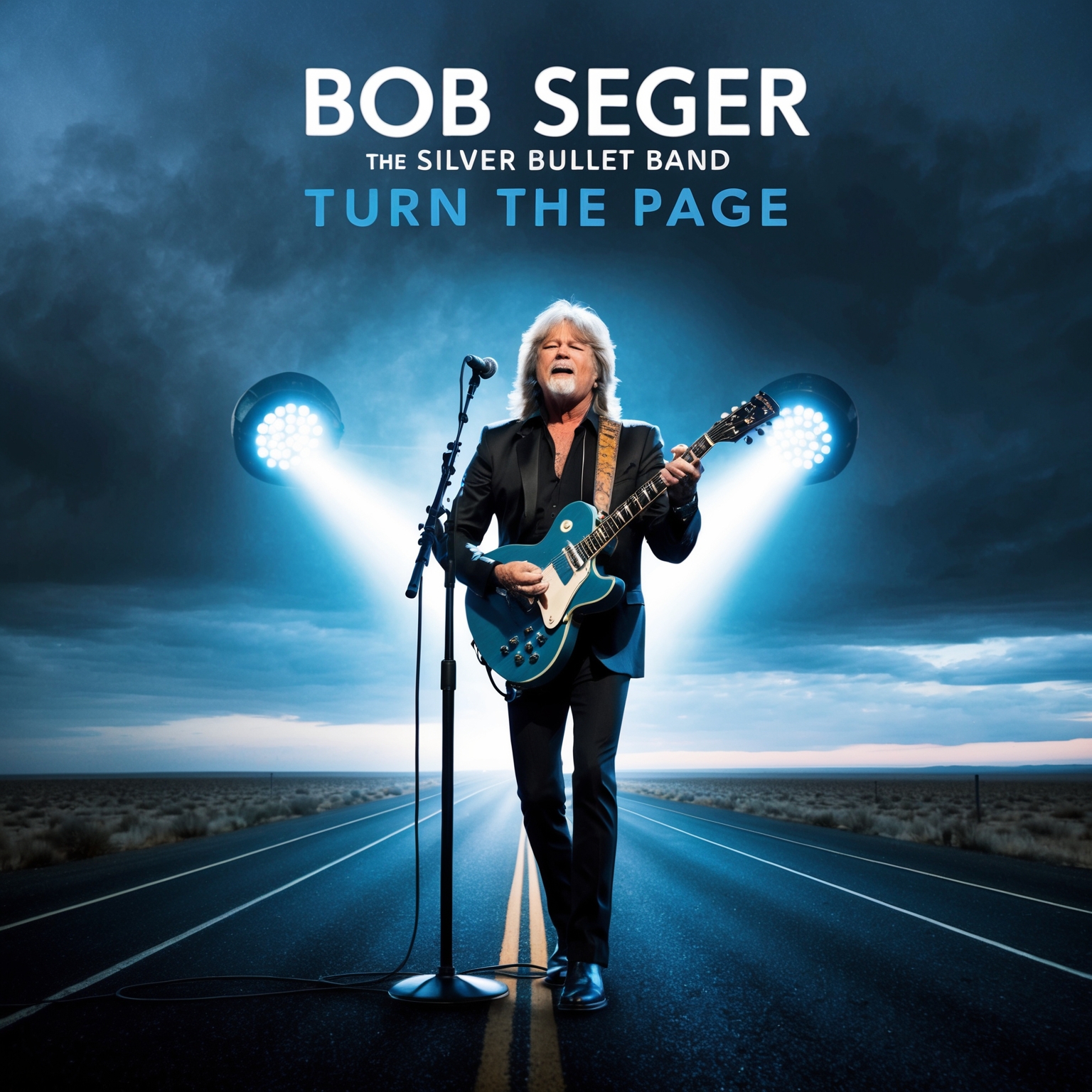
Background and Career: Bob Seger, the artist behind the composition of ‘Turn the Page’, is a legendary figure in the music world, known for his raspy voice and poetic storytelling. Born in 1945 in Detroit, Michigan, Seger grew up surrounded by the rich musical culture of the Motor City, which influenced his early music style. His career began in the 1960s, where he played in various bands before forming the Silver Bullet Band in 1974. With a career spanning over five decades, Seger’s catalog includes multiple platinum albums and numerous hit singles, solidifying his status as a rock icon.
Musical Style and Influences: Seger’s musical style merges rock and roll with heartland rock, often interwoven with poignant lyrics reflecting on life, love, and the open road. Influences from artists like Little Richard, Elvis Presley, and The Beatles can be traced in his sound, adding depth and variability to his compositions. His ability to imbibe elements of blues and folk has made his music accessible and relatable to a broad audience.
Role in the Song’s Creation: Bob Seger composed ‘Turn the Page’ during a turbulent time on the road, capturing the essence of a musician’s life away from home. His composition of the song complements his raw, emotive narrative with a haunting saxophone line that became a signature element of the track. Through his words and music, Seger brings listeners on a journey, transforming personal experiences into a universal feeling of solitude and reflection.
Recognition Through Time: Awards and Covers of ‘Turn The Page’
Explore how Bob Seger’s ‘Turn The Page’ transcends traditional accolades with notable covers, cultural impact, and ongoing legacy.
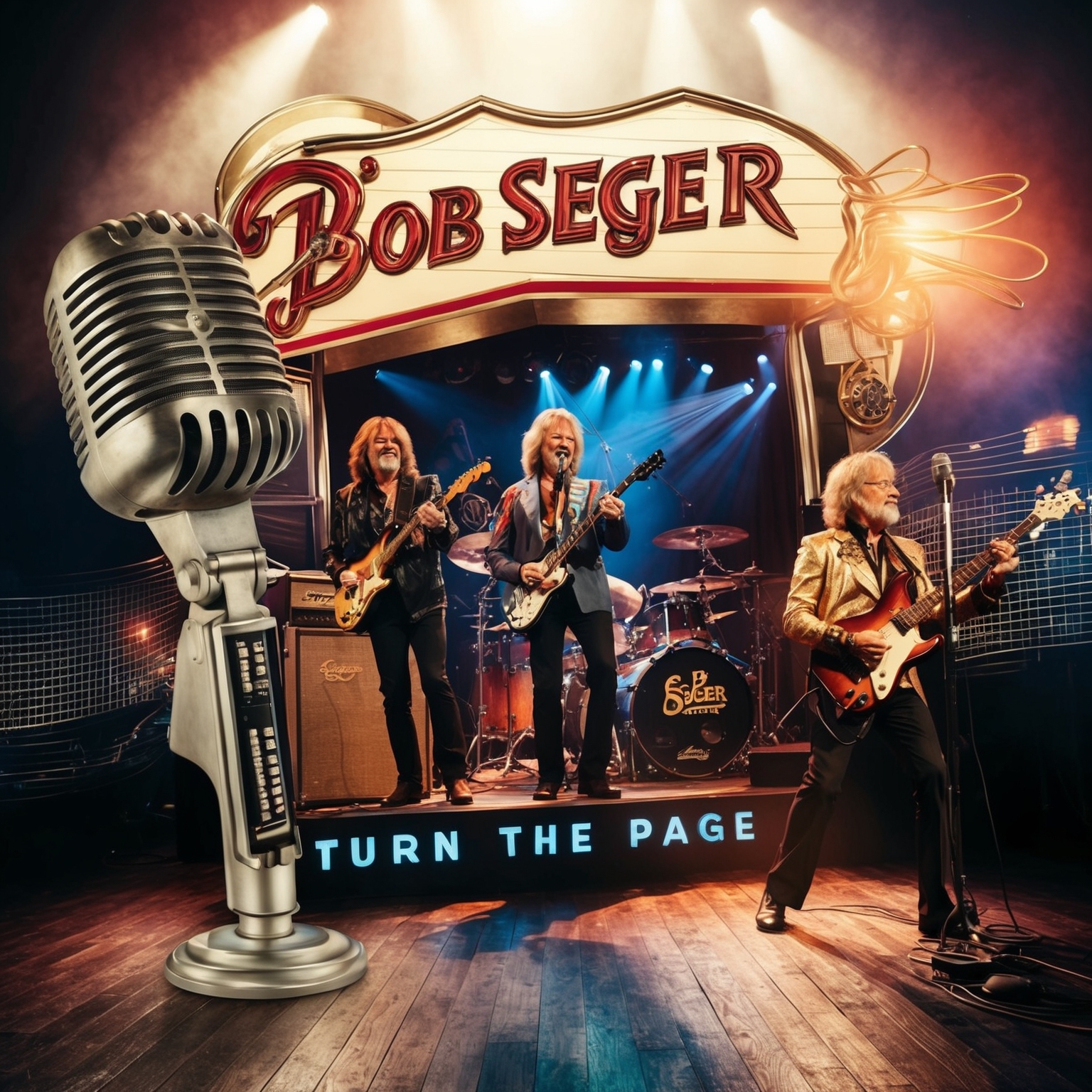
‘Turn The Page’ by Bob Seger is more than just an iconic rock ballad; it’s a timeless piece that has resonated with listeners for decades. Its poignant storytelling and soulful composition have earned it a revered place in music history, although it has not garnered numerous formal awards. Nevertheless, its influence extends far beyond traditional accolades, contributing to its legendary status. While the song wasn’t individually recognized with awards such as Grammys during its original release, its enduring power has led it to be an essential part of Seger’s esteemed catalog, celebrated by rock enthusiasts and music critics alike. Its recognition is also seen through its placement on classic rock radio stations and in its continued relevance in popular culture.
‘Turn The Page’ has also inspired many artists to create their own interpretations, giving the song a new life across different genres. One of the most notable covers is by heavy metal band Metallica, whose 1998 rendition brought a raw and gritty edge to the track. Their version, included in the album ‘Garage Inc.,’ introduced the song to a new generation of listeners and showcased its versatile appeal. This cover itself received significant attention, charting on various music lists and being praised for its unique adaptation of Seger’s iconic melody. In addition to Metallica’s version, saxophonist Tom Scott also covered the song, adding a jazzy twist that highlights the track’s inherent musical depth.
Beyond music covers, ‘Turn The Page’ has found its way into various forms of media, cementing its place as a cultural staple. It has been featured in films such as the 1989 movie ‘Body of Evidence’ and on television in shows that seek to capture the raw emotion and authenticity that the song exudes. These appearances highlight the song’s universal appeal and its ability to evoke a sense of nostalgia and reflection, making it a fitting choice for moments of introspection in cinematic storytelling.
Riding ‘Turn The Page’ Through the Charts
“Turn The Page” by Bob Seger may not have been an immediate chart-topping success, but its long-term impact and cultural resonance have made it a staple in rock music history. Released in 1973, this track found its popularity through live performances and has been influential enough to inspire numerous covers, securing its place in the annals of timeless classics.
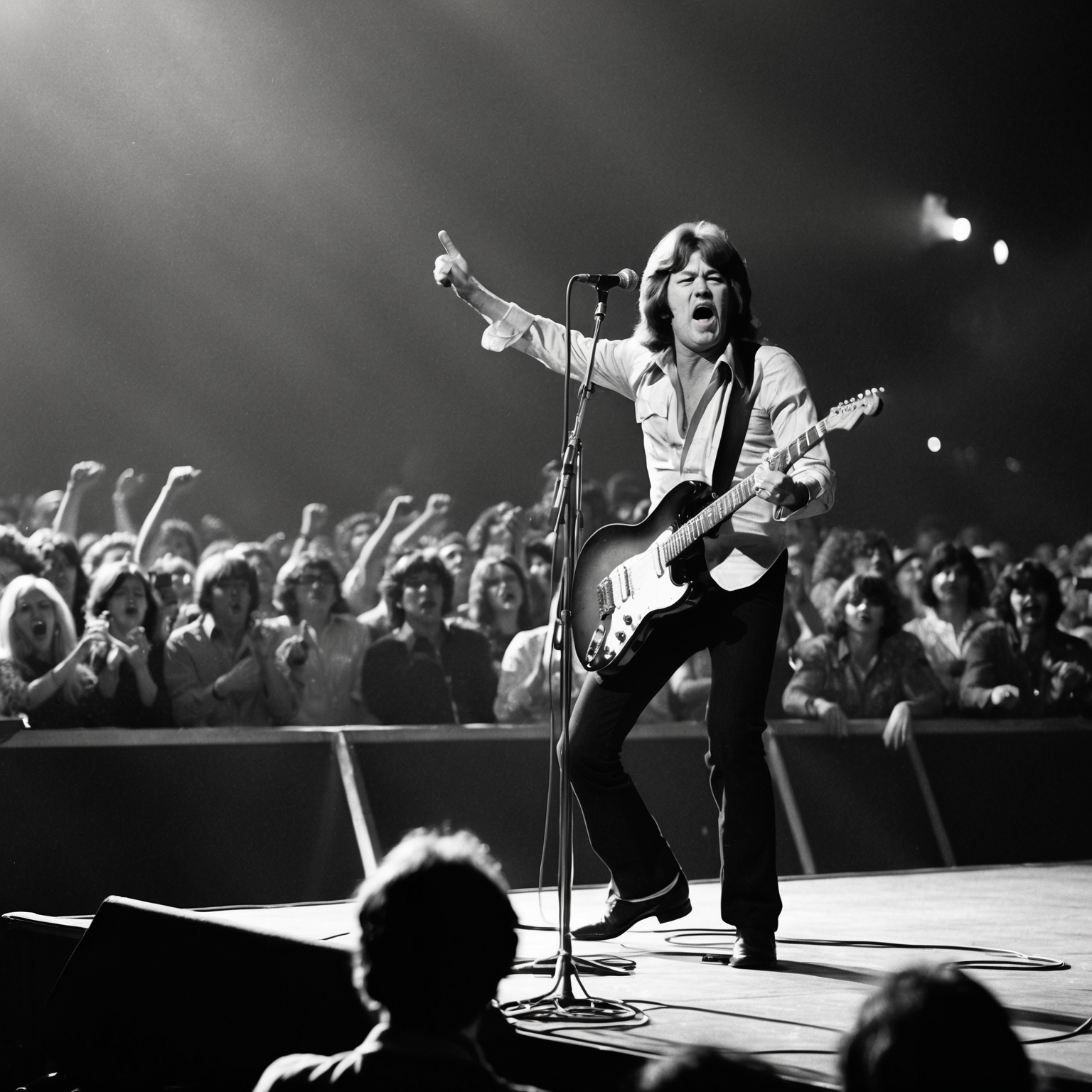
“Turn The Page” by Bob Seger may not have initially set the charts ablaze, but its enduring impact and recognition more than compensated for its modest beginnings. Released in 1973 as part of the album “Back in ’72,” the song didn’t make an immediate splash on the Billboard charts. However, its resonance with audiences over time has cemented its status as a classic rock staple. Interestingly, the live version of the song from the 1976 album “Live Bullet” is what truly captivated listeners and propelled it into rock immortality.
When “Turn The Page” is compared to other tracks from its era, it’s clear that its success was slow-burning. While not a breakthrough in terms of chart-topping hits, it fit seamlessly into Bob Seger’s steadily rising career. Unlike the instant chart-toppers of some of his contemporary tracks, “Turn The Page” found its power in live performances and long-term appeal, becoming a staple for Seger and a must-hear for his fans.
The song’s legacy grew as it became emblematic of the rock ‘n’ roll lifestyle, capturing the loneliness and weariness of life on the road. This theme touched both the public and critics alike, fostering a deep-seated respect for the track that transcended initial chart positions. The cultural impact of “Turn The Page” became apparent as the song was frequently covered by other artists, keeping it alive in different musical landscapes.
Exploring the Visual Journey of ‘Turn The Page’
Though ‘Turn The Page’ lacks a traditional music video, fan-made tributes and powerful live performances bring its lyrical journey to life.

Turn The Page is a song that evokes the gritty reality of life on the road, but interestingly, it does not have an official music video to showcase its lyrical depth. Despite the absence of a traditional music video, Bob Seger’s live performances have served as a vivid backdrop, revealing a visual journey that fans have come to cherish. In place of a conventional video, his live renditions paint powerful images, underscoring the themes of solitude and perseverance on the tour circuit.
Fan-made videos often creatively capture the essence of Turn The Page by combining live footage, road imagery, and lyrics. These fan tributes have filled the gap, offering a visual storytelling experience. One can find these videos on platforms like YouTube, where they have amassed significant views, indicating how fans connect deeply with the song’s themes.
Beyond fan interpretations, a notable live version performed by Bob Seger often garners critical acclaim for its raw and emotional delivery. The live energy brings the audience into Seger’s world, portraying the loneliness and resilience that the lyrics narrate. While not a typical music video production, these live versions and fan tributes continue to enhance the song’s impact, allowing Seger’s storytelling prowess to unfold visually.
Decoding the Musical Blueprint of ‘Turn the Page’
Explore the intricate musical structure of Bob Seger’s ‘Turn the Page’, a song that captures the essence of loneliness and introspection through its haunting melodies and evocative instrumentation.
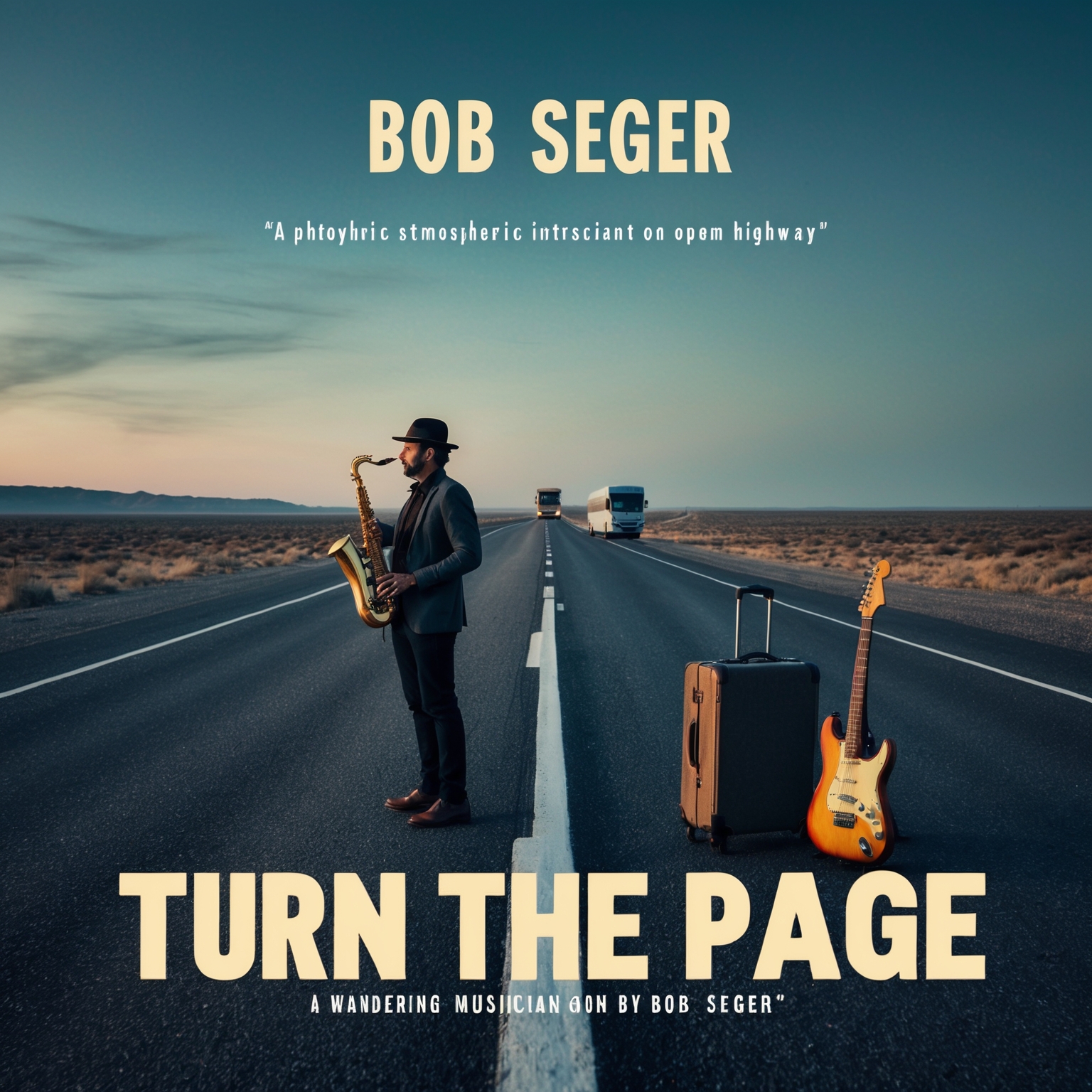
‘Turn the Page’ is a masterclass in musical storytelling, characterized by its evocative and immersive sound. This song showcases Bob Seger’s talent as a live performer and songwriter, capturing the essence of life on the road. It’s predominantly written in the key of E minor, which contributes to its melancholy and introspective vibe. The choice of key complements the song’s introspective nature, accentuating its themes of loneliness and perpetual travel.
The song’s chord progression employs a blend of minor chords, specifically Em – D – C – G. These chords are repeated through the verses, providing a consistent, haunting backdrop that underscores Seger’s gritty, soulful vocal delivery. This progression aligns perfectly with the song’s lyrical themes, allowing the listener to engage deeply with the narrative. The song maintains a moderate tempo, around 70 beats per minute, lending to its reflective and wandering soundscape.
Seger’s commanding vocals are supported by an array of instrumentation that brings the song to life. The saxophone, played by Alto Reed, is one of the most distinctive features, adding a layer of emotional depth that echoes the loneliness and introspection inherent in the lyrics. The rhythm section, composed of drums and bass, grounds the narrative with a steady pulse, while electric guitars enrich the texture, occasionally distorted to reflect the tough yet pensive journey depicted in the lyrics.
When placed within the context of Bob Seger’s discography, ‘Turn the Page’ signifies an artistic maturity both in lyrical content and musical composition. Earlier works often focused on youthful rebellion and freedom, but this song’s pensive nature highlights a shift toward introspection and storytelling. This contrast can be further seen in albums before and after ‘Back in ’72’, where themes become increasingly narrative-driven, marking Seger’s evolving artistry.
Recorded at Muscle Shoals Sound Studio, the song boasts a rich production quality. Known for its soulful credentials, the studio lent a warm yet raw sound to the track, a testament to the expertise of its engineers. An interesting anecdote from the recording session involves Alto Reed improvising his iconic saxophone solo after Seger challenged him to capture the feeling of a man wandering through a desolate landscape, which aptly summarizes the song’s existential narrative.
Exploring the Poignant Journey in “Turn The Page” by Bob Seger
Bob Seger’s “Turn The Page” is a deep dive into the solitary life of a traveling musician, capturing the emotional highs and lows of endless touring. Its first-person narrative, combined with poignant metaphors and expressive language, delivers a universally relatable story of isolation and longing.
Alright
It’s nice to be here
It sure is nice to finally be here, yeah
We’re gonna do a song here from “‘Live Bullet”
Featuring our saxophone player, mister Alto Reed
We dedicate this to Jeep Holland
And this is a song about being on the road, called “Turn the Page”
On a long and lonesome highway, east of Omaha
You can listen to the engine
Moaning out his one-note song
You can think about the woman
Or the girl you knew the night before
But your thoughts will soon be wanderin’
The way they always do
When you’re ridin’ 16 hours
And there’s nothin’ much to do
And you don’t feel much like ridin’
You just wish the trip was through
Say, here I am
On the road again
There I am
Up on the stage
Here I go
…
******* This Lyrics is NOT for Commercial use *******

“Turn The Page” by Bob Seger is a profound exploration of the loneliness and monotony that often accompany life on the road. The song’s lyrics tap into the emotional landscape of a traveling musician, capturing the isolation and longing that come with constant travel. Seger’s narrative paints a vivid picture of a desolate highway where the soothing yet mournful hum of the engine mimics the inner solitude of the traveler. This theme of loneliness is one that resonates with many listeners, particularly those familiar with the pressures and displacement of life on the move.
From a narrative perspective, “Turn The Page” offers a first-person account that deeply immerses the listener in the protagonist’s world. Seger’s lyrics effectively craft a story that unfolds over each verse, drawing the audience into the repetitive cycle of performing night after night. The recurring imagery of the highway and stage underscores the cycle of anticipation and exhaustion that defines this lifestyle. This perspective adds authenticity and emotional depth, captivating the listener with the raw honesty of its storytelling.
The use of literary devices in the song amplifies its emotional impact. Seger employs metaphors, comparing the endless road to a burden that weighs on the spirit, conveying the fatigue and resignation that encapsulate the traveling musician’s experience. The song also utilizes a melancholic rhyme scheme and repetition to mirror the repetitive and grueling nature of touring, enhancing the connection between form and content. Additionally, the lyric’s straightforward yet evocative language captures universal emotions that transcend the specific context of the narrative, allowing the song to resonate with a broader audience.
🚐 Did you know Bob Seger’s Turn The Page was immortalized by an improv sax solo inspired by the vibe of a lone highway? 🎷 #ClassicRock #MusicTrivia #BobSeger https://bit.ly/3AhFLZU
Click to Tweet

